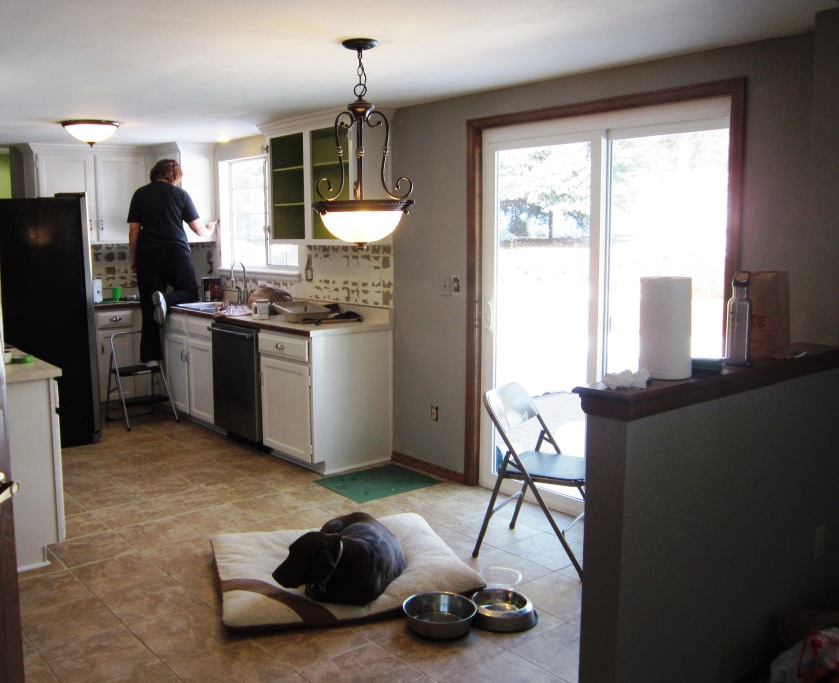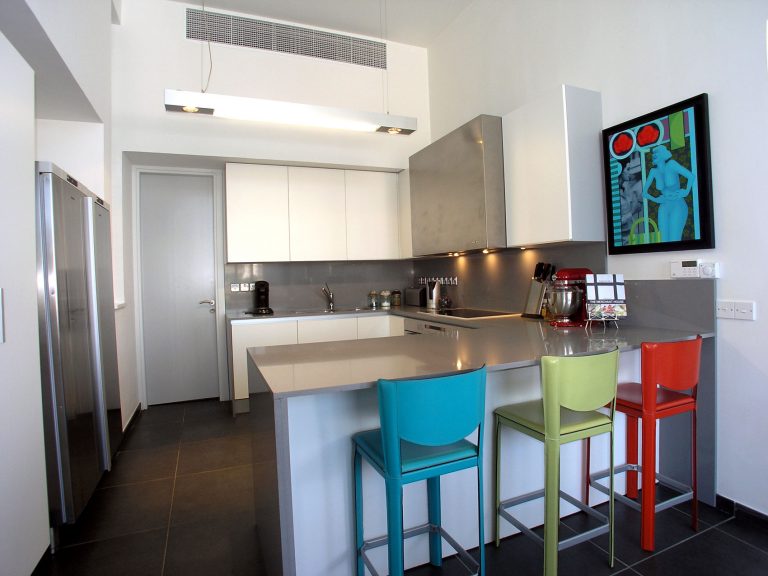Understanding Full Overlay Cabinet Door Clearance

Full overlay cabinet doors are a popular choice for modern kitchens and bathrooms because they offer a sleek, contemporary look. They are designed to completely cover the cabinet frame when closed, creating a seamless and minimalist aesthetic. However, proper clearance is essential for ensuring smooth operation and preventing damage to both the doors and the cabinets.
Cabinet Door Clearance: What It Is and Why It Matters
Cabinet door clearance refers to the space between the cabinet door and the adjacent cabinet face or wall when the door is fully open. This space is crucial for allowing the door to swing freely without hitting anything and for preventing the door from rubbing against the cabinet frame, which can cause damage over time.
The Importance of Proper Clearance for Smooth Operation and Aesthetics, Full overlay cabinet door clearance
Proper clearance is essential for both the functionality and aesthetics of full overlay cabinet doors. Here’s why:
- Smooth Operation: Insufficient clearance can cause the door to bind or catch, making it difficult to open and close. This can also lead to premature wear and tear on the hinges and other hardware.
- Aesthetics: Proper clearance ensures that the doors open and close smoothly and quietly, without any jarring or scraping sounds. It also prevents the doors from rubbing against the cabinet frame, which can cause scratches and other blemishes.
Factors Influencing Full Overlay Cabinet Door Clearance

The perfect full overlay cabinet door clearance ensures smooth operation, a seamless appearance, and longevity. Achieving this ideal clearance involves understanding various factors that influence it. These factors, including cabinet door thickness, hinge type, and cabinet box construction, play a crucial role in determining the necessary clearance for optimal performance.
Cabinet Door Thickness
The thickness of your cabinet doors significantly influences the required clearance. Thicker doors require more space to swing open fully without hitting the adjacent cabinet face. Generally, standard cabinet doors range from 3/4″ to 1 1/8″ thick. Thicker doors are often found in more robust or custom cabinetry.
A general rule of thumb is to add 1/8″ to 1/4″ to the door thickness for every inch of door width to determine the minimum clearance needed.
For instance, a 12″ wide door that is 3/4″ thick would require approximately 1 1/2″ to 1 3/4″ of clearance. This allows for the door to swing open without hitting the adjacent cabinet face.
Hinge Type and Placement
The type and placement of hinges significantly impact the required clearance. Different hinge types, like full overlay hinges, half overlay hinges, and inset hinges, have different clearance requirements.
- Full overlay hinges require more clearance than half overlay hinges because the entire door surface sits flush with the cabinet face when closed.
- Half overlay hinges allow a portion of the cabinet face to be visible when the door is closed, requiring less clearance than full overlay hinges.
- Inset hinges require the least clearance because the door is recessed within the cabinet face.
Hinge placement also plays a crucial role. Hinges placed closer to the edge of the door require less clearance than hinges placed further from the edge. This is because the door swings in a smaller arc when the hinges are closer to the edge.
Cabinet Box Construction and Material
The construction and material of the cabinet box also influence the required clearance. Cabinet boxes made of plywood or solid wood are generally more stable and require less clearance than those made of particleboard or MDF.
- Plywood and solid wood cabinets offer greater stability and less tendency to warp or flex, leading to smoother door operation and less need for extra clearance.
- Particleboard and MDF cabinets, while less expensive, can be prone to warping or flexing, potentially causing interference with door movement. In such cases, additional clearance may be necessary to ensure smooth operation.
Additionally, the cabinet box construction can influence clearance. For instance, cabinets with face frames require more clearance than frameless cabinets. This is because the face frame adds an extra layer of material that the door must clear when opening.
Recommended Full Overlay Cabinet Door Clearance Guidelines

Achieving optimal full overlay cabinet door clearance is essential for seamless functionality and aesthetic appeal. Proper clearance ensures doors open and close smoothly, preventing interference with adjacent cabinets or appliances. This section Artikels recommended guidelines for minimum and maximum clearance based on door styles and kitchen layouts.
Minimum and Maximum Clearance for Different Cabinet Door Styles
The ideal clearance for full overlay cabinet doors varies depending on the door style. Here are some general guidelines:
- Flat Panel Doors: These doors typically require a minimum clearance of 1/4 inch and a maximum of 1/2 inch.
- Raised Panel Doors: Due to their raised profile, these doors may need a slightly larger clearance, ranging from 3/8 inch to 1/2 inch.
- Inset Doors: Inset doors, which sit flush with the cabinet frame, require a minimum clearance of 1/8 inch to prevent interference with the cabinet face frame.
- Glass Doors: Glass doors can be more delicate, so it’s best to err on the side of caution with a minimum clearance of 1/4 inch and a maximum of 1/2 inch.
Best Practices for Achieving Optimal Clearance in Various Kitchen Layouts
Achieving optimal clearance depends on the kitchen layout. Here are some best practices:
- Corner Cabinets: In corner cabinets, it’s essential to ensure adequate clearance for both doors to open fully without colliding. Consider using a lazy Susan or a pull-out shelf to maximize accessibility.
- Island Cabinets: When designing an island, plan for ample clearance around the perimeter to allow for easy movement and prevent doors from hitting appliances or furniture.
- Wall Cabinets: For wall cabinets, ensure sufficient clearance between the door and the wall to avoid interference when opening. This is especially important for cabinets above appliances like ovens or microwaves.
Design Tips for Maximizing Cabinet Storage Space While Maintaining Proper Clearance
Here are some design tips to maximize storage space while maintaining proper clearance:
- Consider Door Swing: Plan for the direction of the door swing and ensure adequate clearance for the door to open fully without hitting other cabinets or appliances.
- Utilize Drawer Space: Incorporate drawers for frequently used items to reduce the need for doors and maximize storage space.
- Maximize Vertical Space: Use tall cabinets or upper cabinets to store items that are not frequently accessed, freeing up lower cabinets for everyday items.
- Implement Pull-Out Shelves: Pull-out shelves provide easy access to items stored in deep cabinets, eliminating the need for large clearances.
Full overlay cabinet door clearance – Full overlay cabinet doors, with their sleek, modern aesthetic, demand precise clearance for smooth operation. This is especially crucial when considering the popular option of IKEA cabinet doors on existing cabinets. While IKEA offers a wide range of styles and finishes, their doors often have specific dimensions that require careful planning to ensure proper fit and functionality.
Remember, adequate clearance is not just about aesthetics; it’s essential for long-lasting, hassle-free use of your cabinets.
Full overlay cabinet doors, while aesthetically pleasing, demand a significant amount of clearance for their smooth operation. This is where the ingenuity of ikea sliding door cabinets shines. Their sliding mechanism eliminates the need for expansive swing space, making them a practical choice for smaller kitchens or tight spaces.
Full overlay doors may be visually striking, but in terms of efficient use of space, sliding doors are the superior option.
